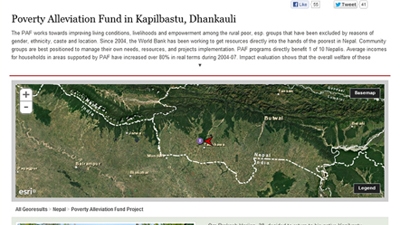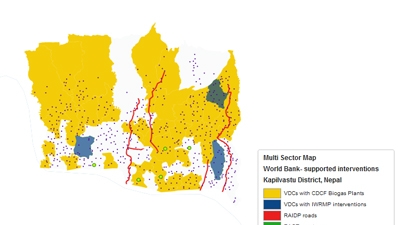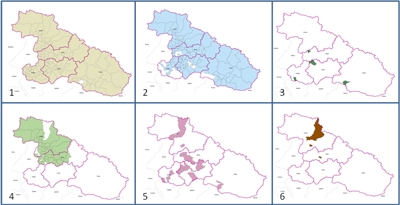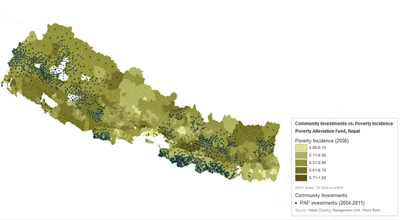Challenge
Project management teams input information about the location of project activities in their own databases, and use this information to make strategic decisions and report results. However, in a country with a large number of community investments and a diversity of needs, as is the case of Nepal, investments from different sectors are spread throughout the country. Monitoring a vast portfolio of investments and communicating results that target specific social groups and areas was a difficult task. Each project maintains a separate database, making it difficult to identify gaps and potential synergies between projects and partners.
Solution
The Mapping for Results initiative builds capacity in implementing agencies to record location information on investments in a standard way, making it easier to combine datasets from different sectors, units, or agencies. Visualizing this information on an interactive map available on the Internet makes communication of results more transparent. A map enables viewers to see opportunities for promoting linkages between different projects and across sectors.
For example, in the district of Kapilvastu, which is located in the western development region of Nepal, the World Bank (WB) is financing different interventions: investment in irrigation schemes through the Irrigation and Water Resource Management Project (IWRMP); the construction and rehabilitation of rural roads through the Rural Access Improvement and Decentralization Project (RAIDP); five grants for agricultural export diversification activities financed by the project for Agriculture Commercialization and Trade (PACT); community investments from the Poverty Alleviation Fund (PAF); and biogas plants implemented by the Community Development Carbon Finance Project (Biogas CDCF).



